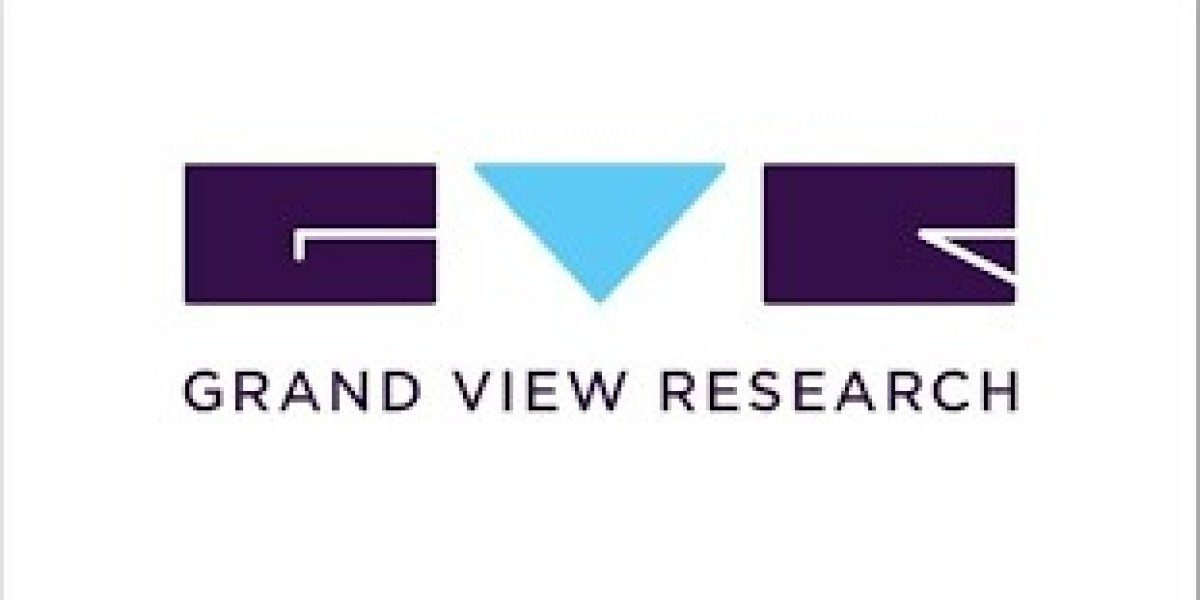Creating a stable, well-diversified digital asset portfolio has become increasingly important as more people look to digital finance for opportunities beyond traditional investing. But with new strategies and platforms emerging, how do you build a portfolio that balances growth and risk? This article breaks down key aspects of digital asset portfolio management, covering diversification, risk control, and ways to generate passive income.
## Introduction to Digital Asset Portfolio Management
Building a digital asset portfolio is more than just selecting a few cryptocurrencies. It's about setting clear goals and choosing assets that can achieve them. Like any investment, the key is to balance potential returns with acceptable risk, which means you should understand the different assets you’re investing in and how they interact with each other.
The right digital asset portfolio aims to minimize losses during market volatility while still capturing gains over time. Investors can achieve this balance by mixing stable assets with higher-risk options, such as stablecoins for consistency and cryptocurrencies for growth. Let’s dive into the basics of managing such a portfolio.
## Diversification Strategies for Digital Assets
A well-rounded portfolio needs a variety of assets to balance out potential risks and rewards. Diversification isn’t just about owning different cryptocurrencies; it’s about selecting assets that perform differently depending on market conditions. Here’s what to keep in mind:
- Asset Classes: In the digital finance world, assets range from highly volatile cryptocurrencies like Bitcoin to stablecoins that maintain a steady value.
- Stable Assets vs. Volatile Assets: Mixing stable assets (such as stablecoins) with more volatile ones can offer both stability and growth potential.
- Real-World Example: If you hold both Ethereum and a stablecoin like USDC, you’re positioned to benefit from Ethereum’s growth while having some stability through USDC, which remains pegged to the dollar.
When markets fluctuate, a balanced portfolio won’t experience the same volatility as one that’s heavily invested in just one asset. This makes diversification essential for managing risk.
## Risk Management in Digital Finance
Investing in digital assets comes with unique risks, from price swings to regulatory uncertainty. To protect your portfolio, it’s essential to have a clear approach to risk management. Here are some practical strategies:
- Assessing Platform Security: With several exchanges and wallets available, choose reputable platforms with a history of strong security. Research any platform thoroughly before committing your funds.
- Market Volatility: Cryptocurrency markets can be unpredictable. Limit your exposure by avoiding over-concentration in any single asset.
- Stop-Loss Orders: Set stop-loss orders on your trades to minimize potential losses if a market downturn occurs.
A disciplined approach to risk, including regular portfolio reviews and staying informed about market trends, can help you avoid unnecessary losses while positioning you for potential gains.
## Income Generation Options within a Balanced Portfolio
One way to grow a digital asset portfolio is by generating passive income through certain strategies. Yield farming, staking, and lending are popular income-generating options, each with different risk levels. Here are some effective methods:
- Staking: Some assets allow you to "stake" them on a network in exchange for regular interest payments. This option offers predictable returns with relatively low risk.
- Lending: Through certain platforms, you can lend your crypto to others in exchange for interest. Make sure to assess the platform’s reliability and borrower terms before committing your funds.
- Yield Farming with Stablecoins: For those looking to earn stable returns without high volatility, stablecoin yield farming can be a viable option. With stablecoin yield farming, investors earn returns by lending or staking stablecoins, benefiting from steady interest rates while minimizing exposure to price fluctuations. This approach is ideal for conservative investors who seek consistency without sacrificing potential earnings.
Income generation through these methods can make your portfolio more robust, helping offset any losses from market volatility while allowing your investments to grow.
## Conclusion: Building a Sustainable Digital Asset Strategy
Managing a digital asset portfolio requires careful planning, research, and regular adjustment. By understanding your risk tolerance, diversifying with a mix of stable and volatile assets, and exploring income-generating strategies, you can create a balanced approach that aligns with your financial goals.
Ultimately, the key to a successful digital portfolio is adaptability. Markets shift, new opportunities emerge, and strategies evolve, so staying educated and flexible will allow you to manage your portfolio more effectively. With consistent effort and a clear focus on both risk management and growth, you’ll be well-positioned to navigate the dynamic world of digital finance.



